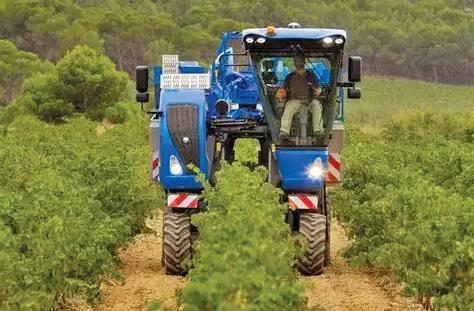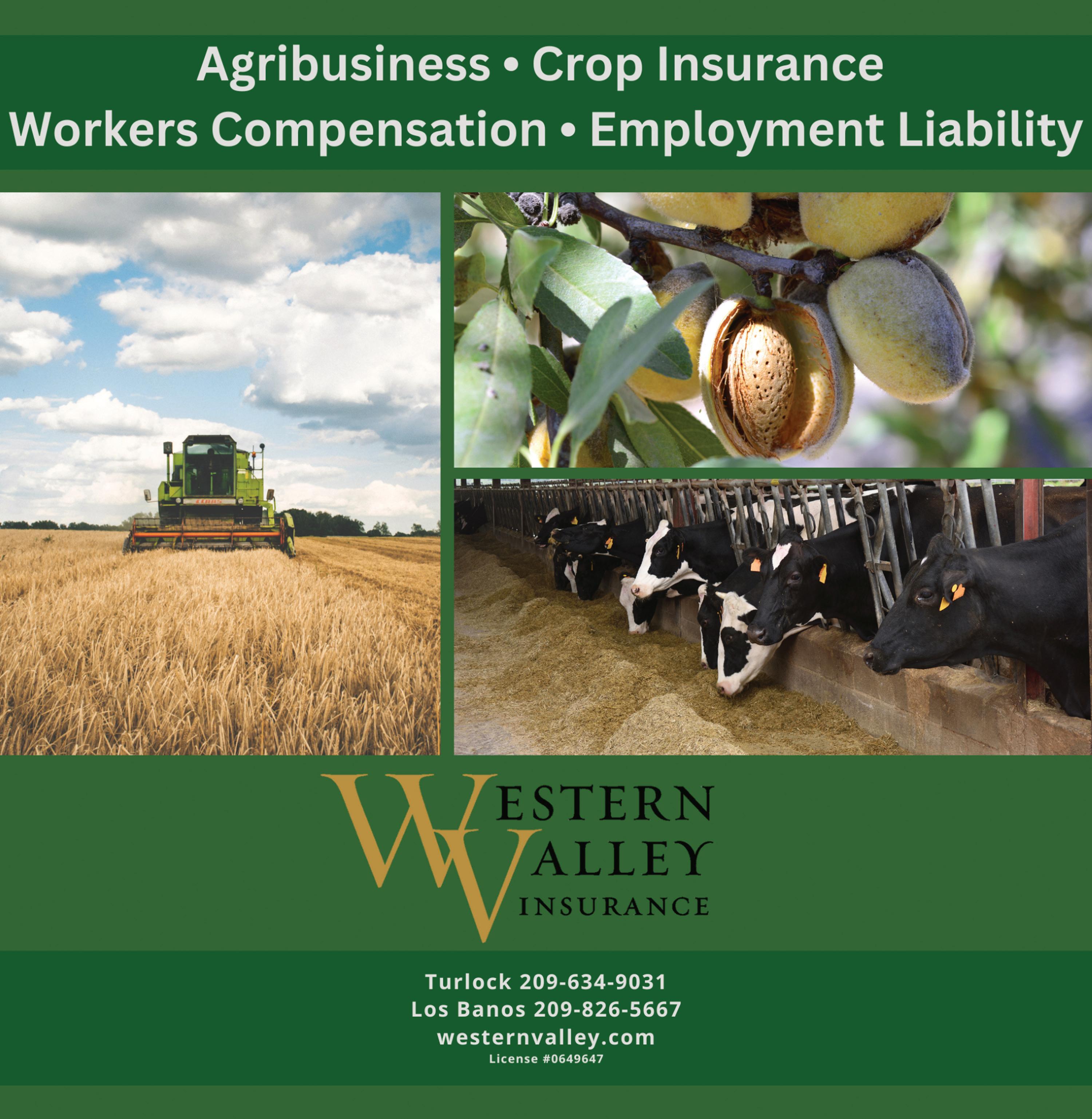

2025 HARVEST
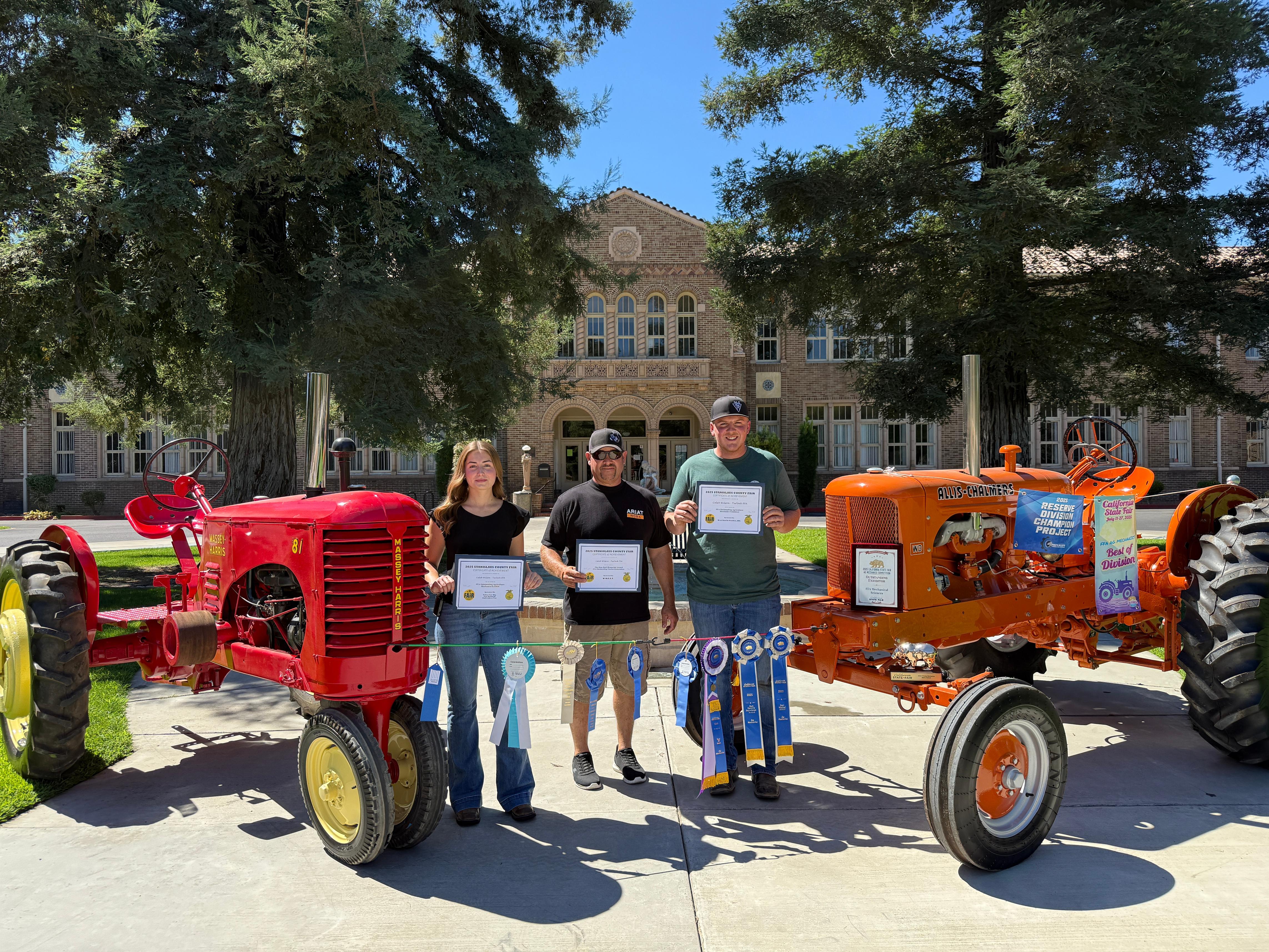


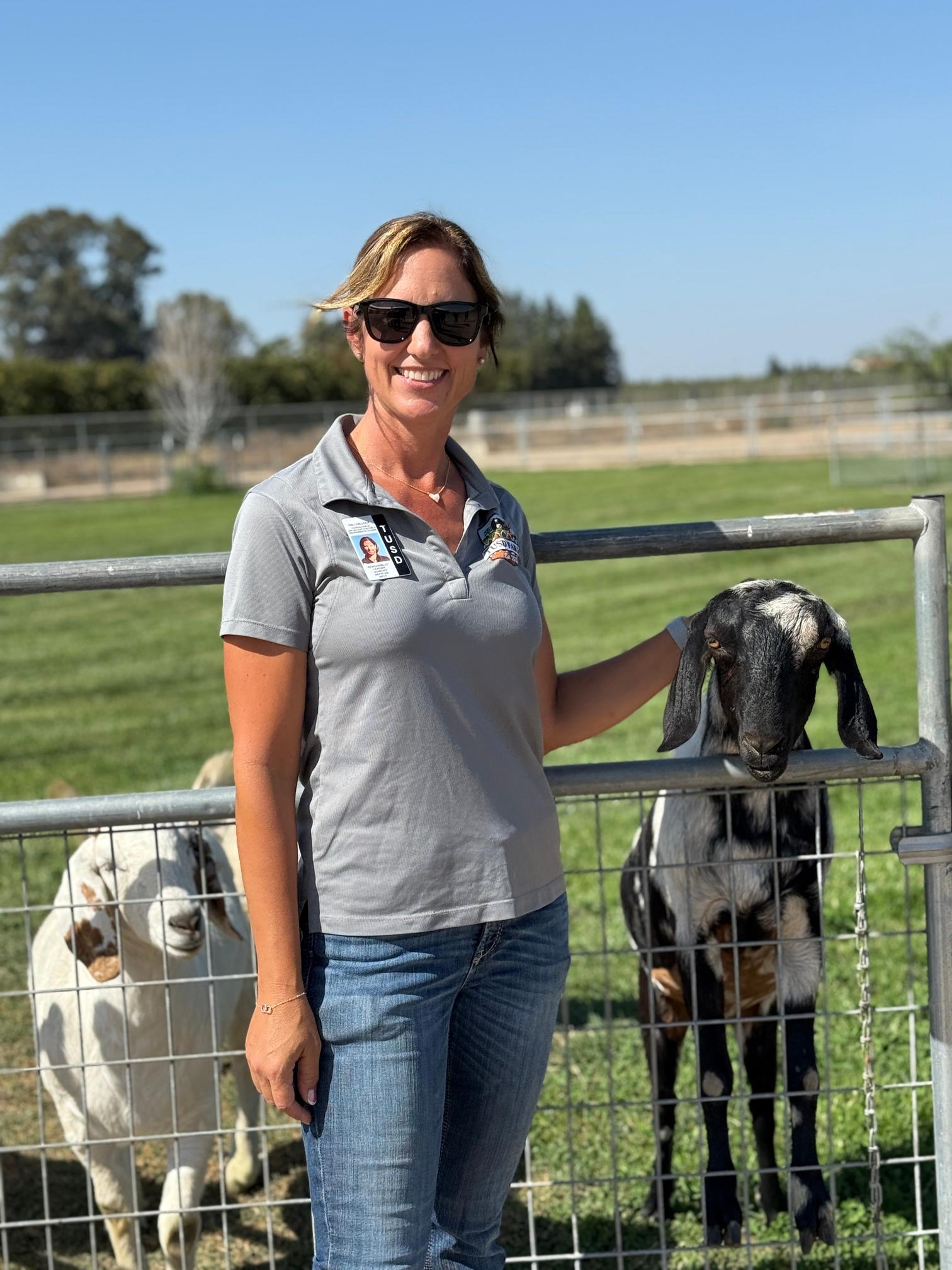






















NEW DAIRY PRINCESS CROWNED KARLEY ROCHA OF LOS BANOS SELECTED AS DISTRICT 4 DAIRY AMBASSADOR
STAFF REPORTS
Turlock Journal
Karley Rocha of Los Banos has been selected as the 2025 District 4 Dairy Princess. The contest was held on June 19, in Turlock.
Rocha will represent District 4 which consists of Alameda, Alpine, Amador, Calaveras, Contra Costa, El Dorado, Mariposa, Merced, Monterey, Sacramento, San Benito, San Francisco, San Joaquin, San Mateo, Santa Clara, Santa Cruz, Stanislaus, Tuolumne, and Yolo counties. As Dairy Princess, she will play a key role on the CMAB’s Communication Services team in meeting community relations objectives.
Rocha is the daughter of Dawn and Justin Rocha. She will be a senior at Los Banos High School and plans to attend Oklahoma State University to pursue a degree in Agricultural Education. Karley is an active member of the California Junior Holstein Association where she participates in dairy
bowl, dairy jeopardy, speech contests, and is on the officer team. She has been showing dairy cattle since she was four years old and is a member of the Los Banos Future Farmers of America Chapter.
Rocha was a recipient of the John and Nellie Bartelink Memorial Scholarship. John and Nellie were dairy farmers in Escalon, California and proud supporters of the Dairy Princess program.
Rocha’s duties as District 4 Dairy Princess include speaking on behalf of the California dairy industry to various audiences throughout the year. As Dairy Princess, Karley attended professional development training focused on presentation skills, advocating for the California dairy industry, leadership, and business etiquette.
For more information about the District 4 Dairy Princess contest and events, or to request a Dairy Princess appearance, please contact Linda Teixeira at (209) 402-8305.

Photo contributed Karley Rocha of Los Banos has been selected as the 2025 District 4 Dairy Princess.
TUSD Farm brings ag education to life
BY KRISTINA HACKER
Every year the Turlock Unified School District Farm gets bigger and better, expanding its educational opportunities for all students in the district.
Since TUSD acquired land along East Taylor Road for the District Farm in 2013, the space has grown from a vacant field into what now serves as an agricultural hub for students of all ages. The farm is a frequent field trip stop, and students participating in the FFA are able to keep their animals and other projects at a safe location. The farm also grows stone fruit to supply to the district’s Child Nutrition Department for school lunches.
This past year, the farm officially opened its sheep and goat barn and now has a space specifically for rabbits. Along with the cattle barn and swine facility, the farm is now filled with livestock projects for local FFA students.
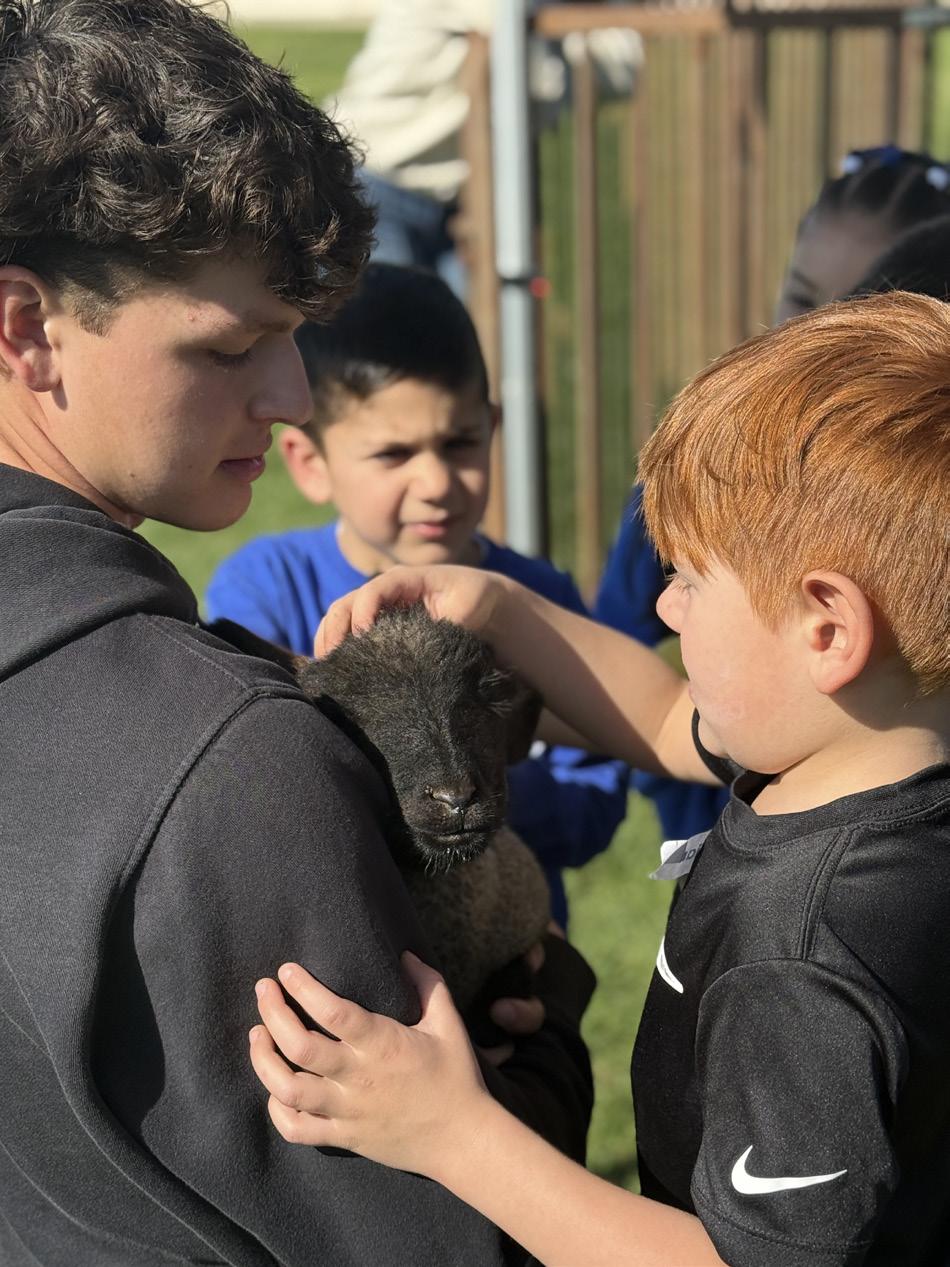
“We started a small animal showcase just this last summer, and I think we’re going to continue it. We invited the local Turlock schools, Turlock and Pitman, and then we invited Turlock Christian to come and we got judges, and the students had a day where they could practice showmanship and market skills with an official judge at the farm in preparation for the fair,” said Hali Hallock, TUSD Farm coordinator.
The advanced floral design class at Turlock High are also frequent visitors to the farm. They started last year planting flowers that they will eventually cut and then learn to arrange.
“They wanted to come and do the full process from growing to arrangements. So, we’re working towards that,” said Hallock.
Hallock also offers Wednesday Workshops for high school students to come and learn something new in the agriculture
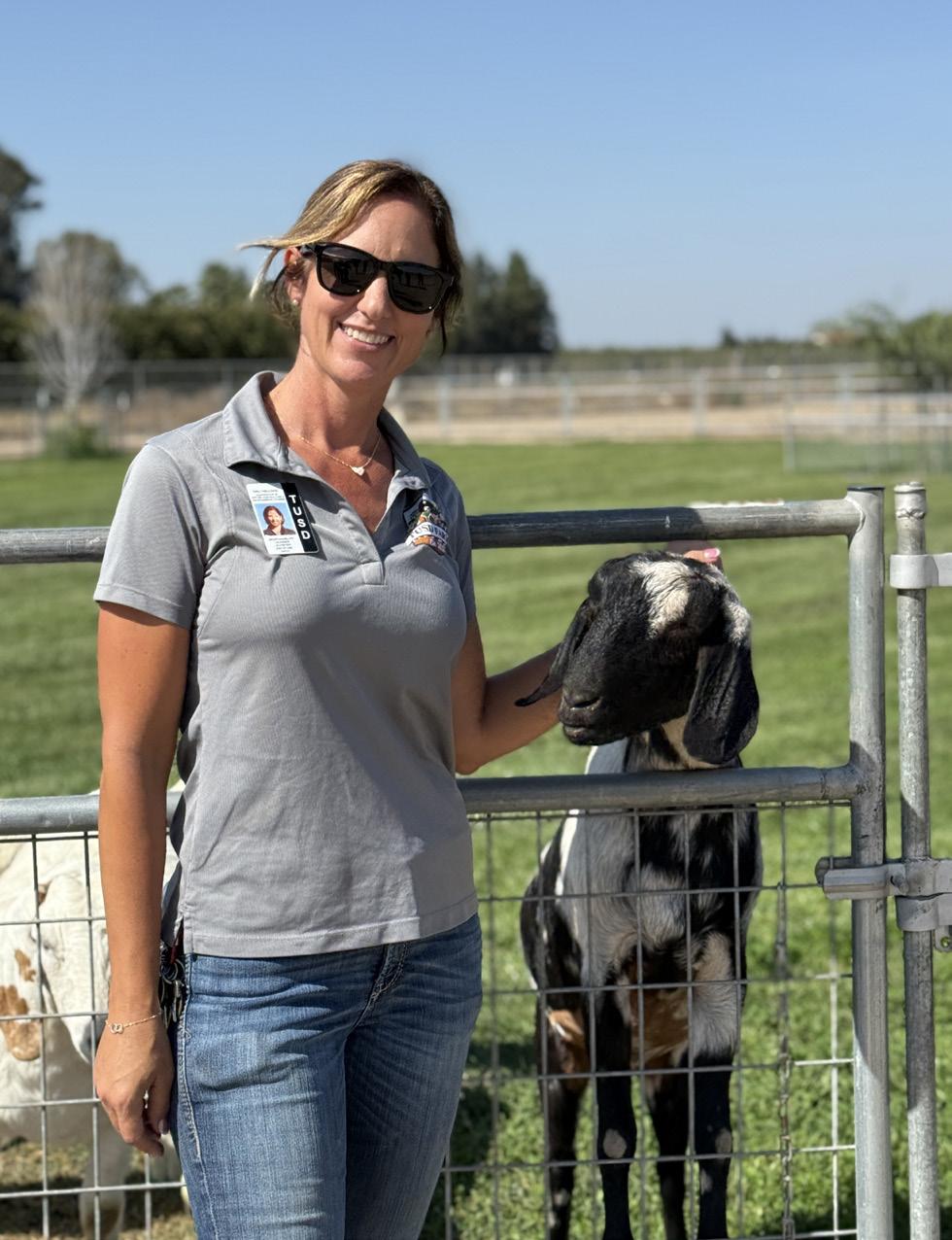
world, either from her or visiting experts.
“We’re growing and we’re increasing student projects and district students who are coming to the property in order to be involved and actively participate in what it can offer,” she said.
It isn’t just the high school students who taking advantage of the farm, however. Every spring, the farm hosts an open house for students and their families. And first grade classes from across the district visit the farm year-round for study field trips.
It’s a K-12 plus the On Track facility, so it’s utilized by our entire school district. I think most people assume that is only for our high school ag students. Does that make sense? Yes, because that’s what most of the projects are for. But field trips and things like that; it’s truly a K-12 opportunity,” said Hallock.

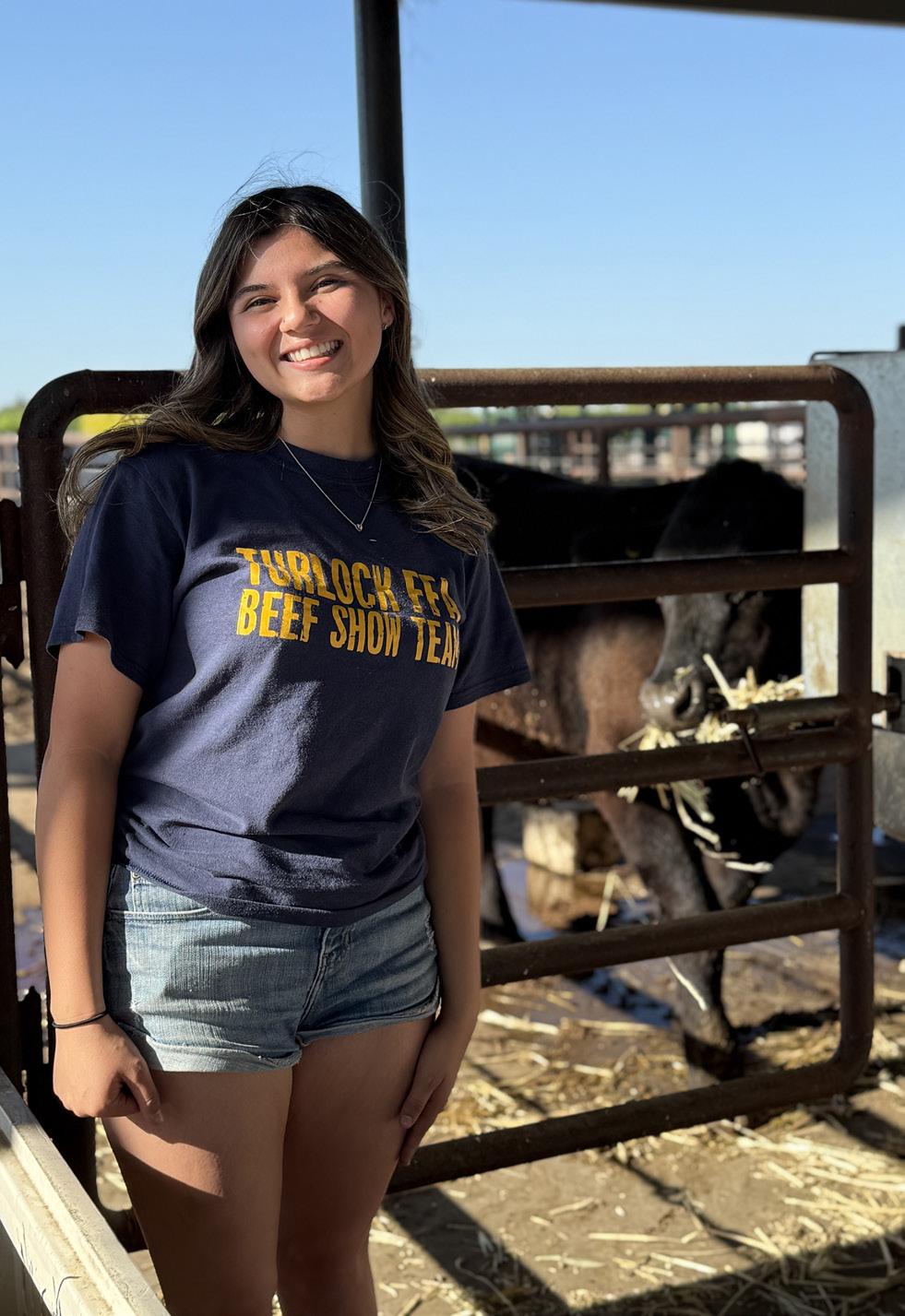

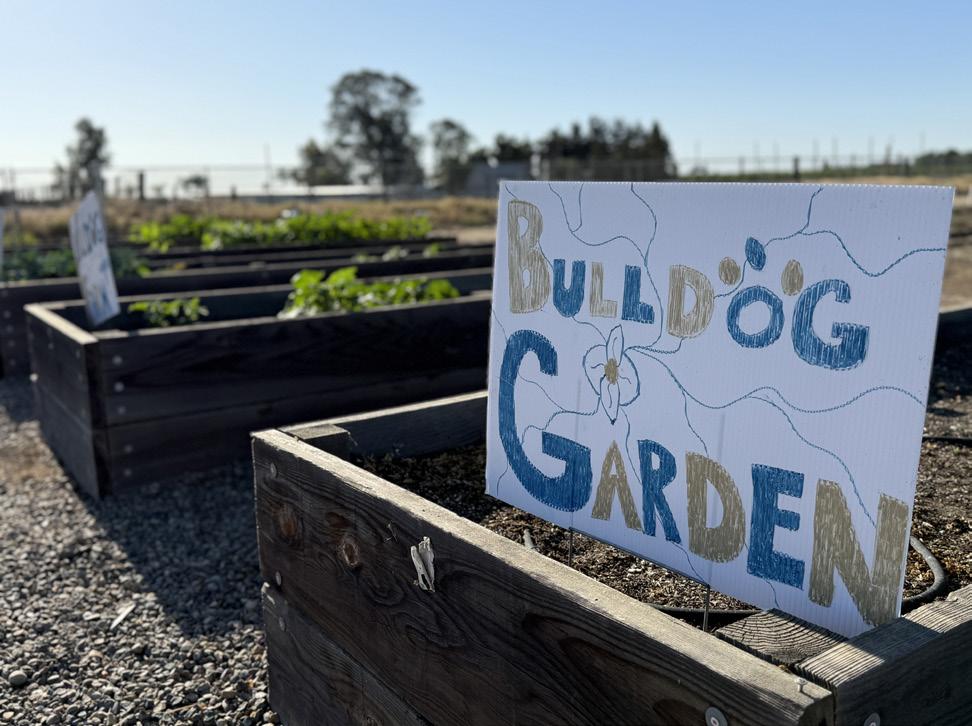


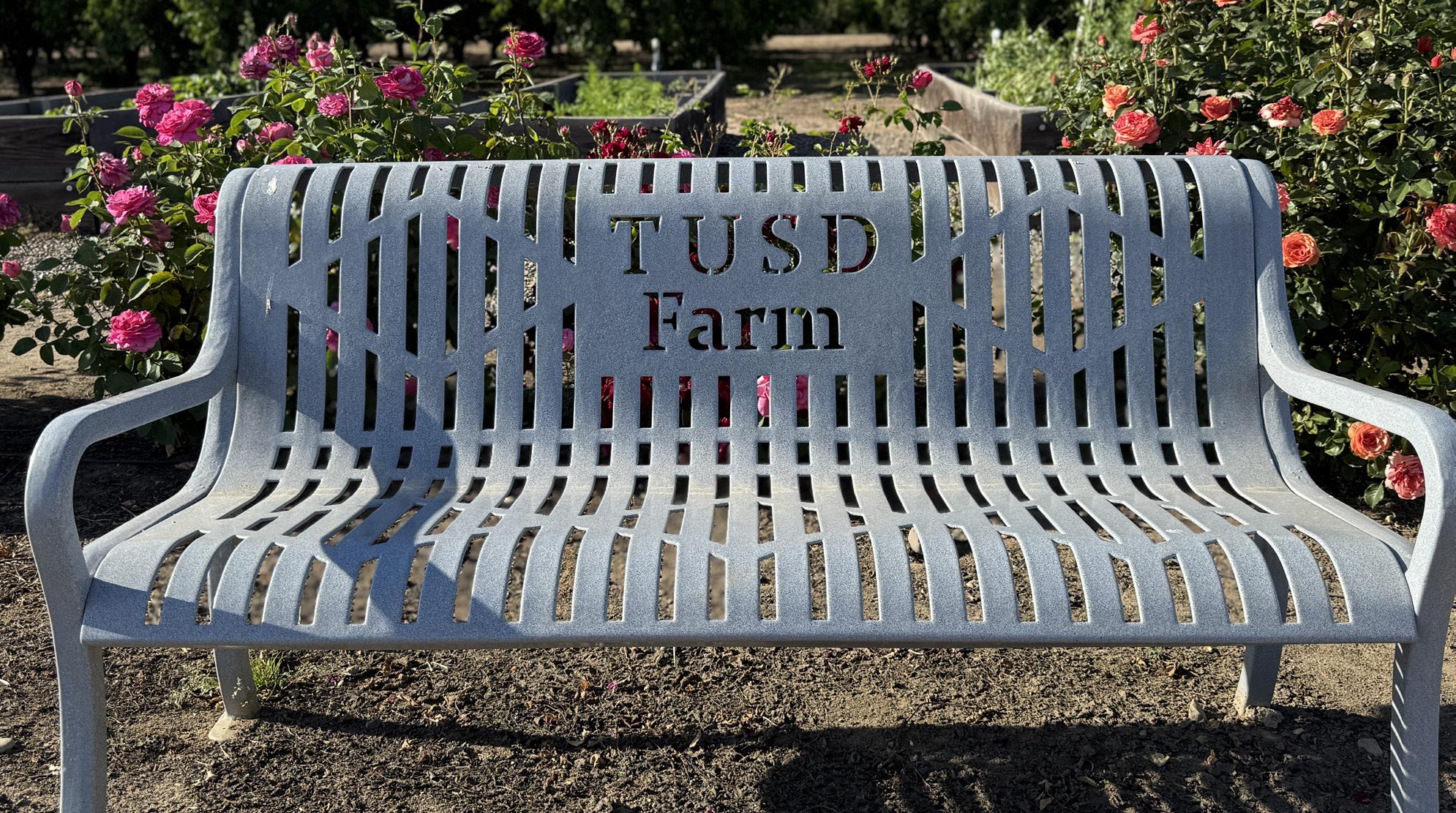
Stanislaus County ag production takes big hit in 2024 due to avian flu
BY JOE CORTEZ
MODESTO — Avian flu cost Stanislaus
County more than $100 million in total gross agriculture production, a staggering 27 percent decline from the previous year, according to the 2024 ag report that was presented to the Board of Supervisors on Tuesday.
All told, the county’s total gross ag production came in at $3.15 billion — down about $216 million from 2023 for a 6 percent drop-off.
“This decline is consistent with trends observed across the nation,” said Agricultural Commissioner Linda Pinfold.
Half of those losses were in the poultry sector, which accounted for just under $400 million in 2023 but only $291.8 million in 2024.
Eggs, the 10th-ranked sector in the county, also saw a decrease, falling from $54.3 million in 2023 to $47.1 million in 2024.
“Since 2022, (avian flu) virus has devastated poultry flocks across the country, and Stanislaus County has been no exception,” said Pinfold. “For the past three winters, we’ve seen cases — especially in turkeys, chickens and egg-laying hens — continue to rise. Avian influenza is devastating because it spreads quickly and causes nearly 100 percent mortality in commercial poultry flocks. That means massive losses for farmers, higher costs for consumers, and disruptions all along the food supply chain.”
Pinfold went on to detail how avian flu affected the dairy sector.
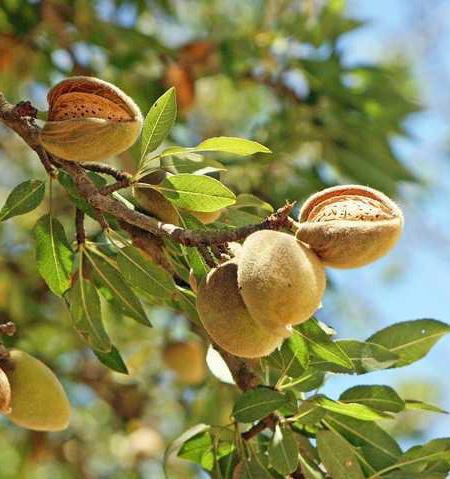
“Last year we saw something entirely new,” said Pinfold. “The virus jumped species into cattle. Between late 2024 and early this year, it spread rapidly, and over 110 of our 132 dairies ended up under quarantine. That’s more than 80 percent of our county’s dairies. Thankfully, the virus doesn’t kill cows the way it does poultry, but it did cause significant drops in milk production.”
Despite these challenges, milk was No. 2 in Stanislaus County for the second consecutive year — $754.5 million in total gross value, down slightly from 2023 — and accounted for about 24 percent of all production.
Just two years ago, milk was No. 1 by a wide margin, outpacing almonds by more than $375 million.
Almonds maintained their position as Stanislaus County’s No. 1 agriculture commodity, accounting for about $825 million in total gross value, up from $813 million in 2023, and making up 26 percent of all ag production in the county.
“These (numbers) should not be interpreted as profit or loss because they do not account for production costs or the incredibly important economic multipliers on our county’s economy,” said Pinfold.
Rounding out the top 10 were cattle ($208.2 million), fruit and nut nursery stock ($110.8 million), silage ($108.5 million), walnuts (up nearly 60 percent to $87.8 million due to strong prices), pollination (down about $7 million to $78.6 million), and tomatoes (down about 45 percent to $60.2 million).
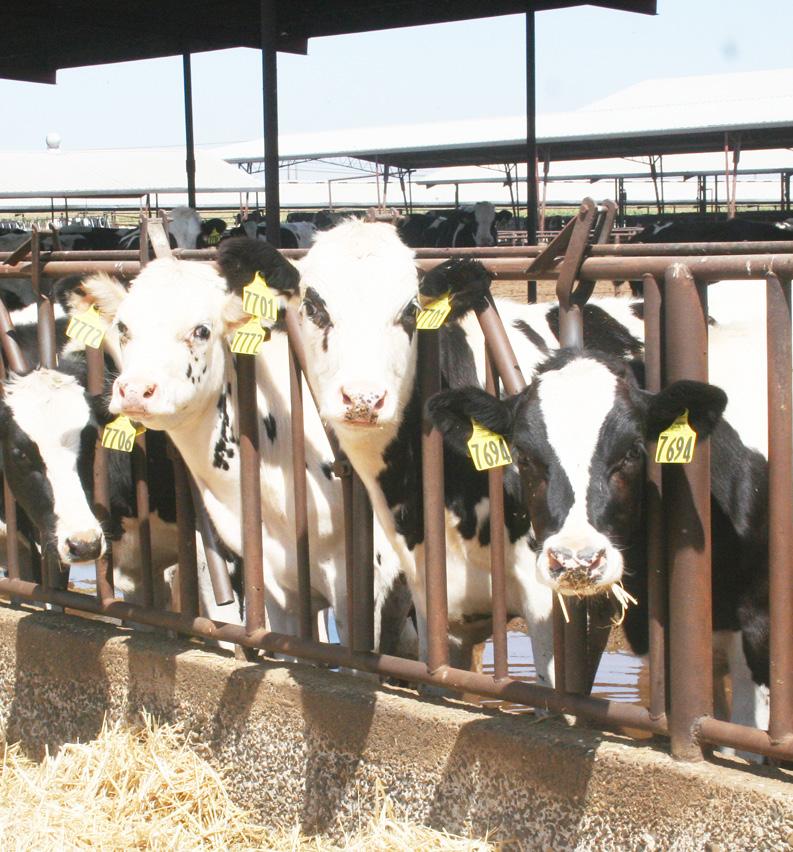
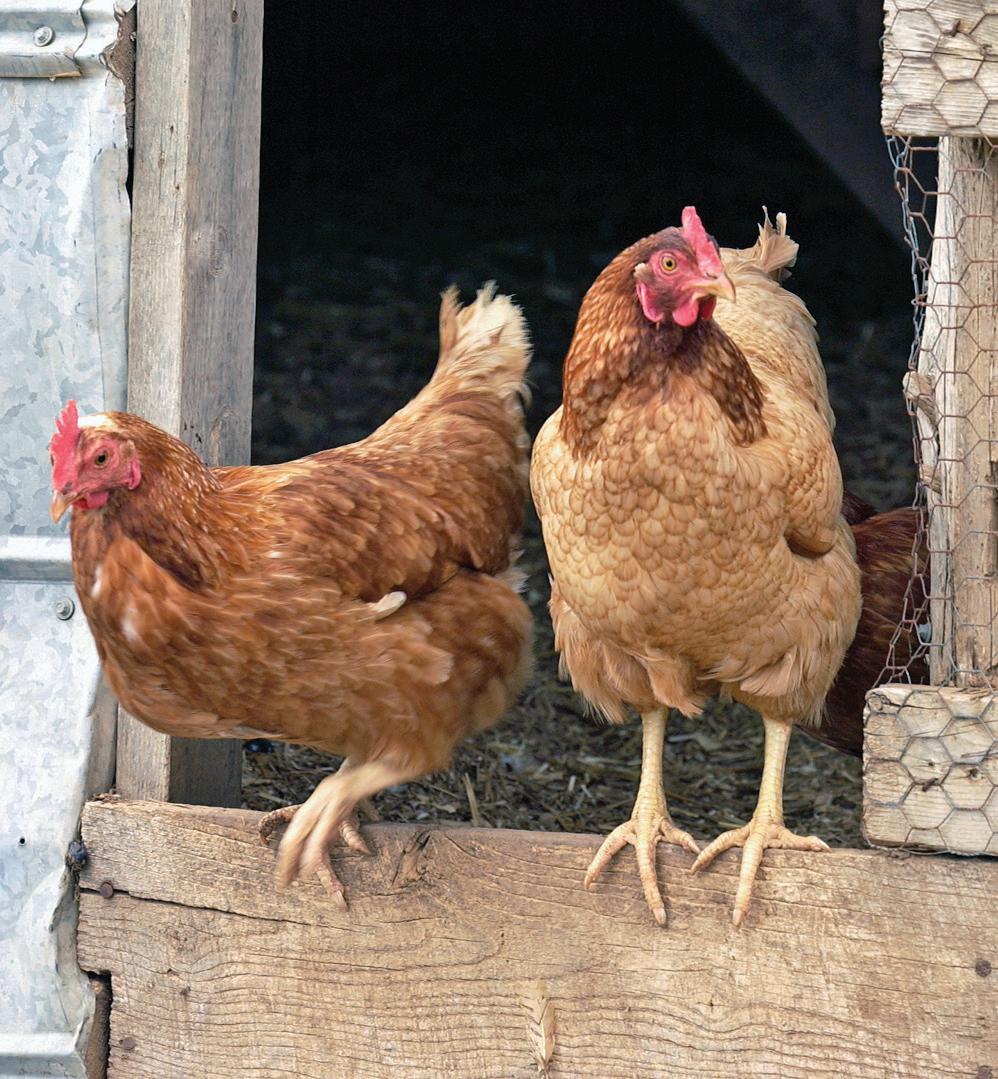
1. 2. 3. 4.
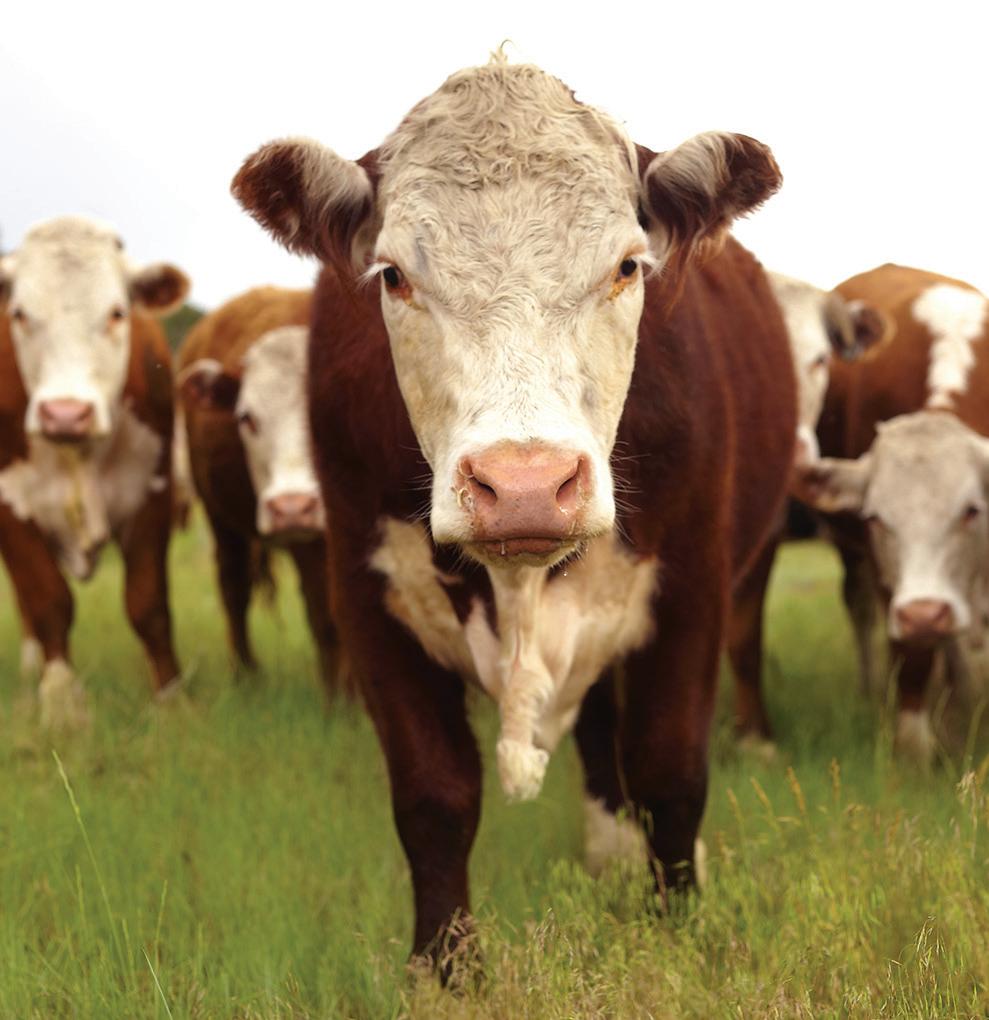
Pinfold went on to praise the county’s farmworkers, calling them the backbone of the ag industry.
“They plant, prune, irrigate, harvest crops, care for livestock, and make sure food gets from the farm to our tables,” said Pinfold. “Their work keeps food affordable, prevents losses, and supports our entire economy. Without them, we’d see higher prices, more food insecurity, and real disruptions in our food supply.”



Frank Hernandez, of Vermeulen Almond Hulling in Modesto, was named the Farmworker of the Year. 5. 8. 6. 9. 7. 10.
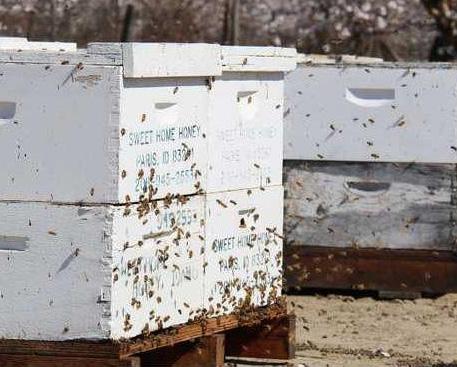
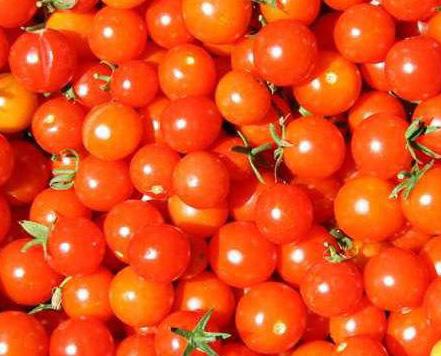
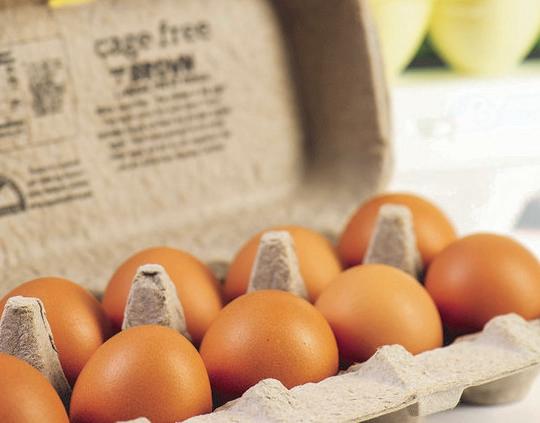

Merced County ag drives local economy with nearly $10 billion impact, new report shows
STAFF REPORTS
Merced County agriculture pumped $9.93 billion into the local economy in 2023 and supported 38,800 jobs, Agricultural Commissioner Sean Runyon announced as he released the first-ever comprehensive analysis of the county’s largest industry.
“This study goes beyond our annual agricultural report,” said Runyon. “Instead of stopping at farm production values, it also quantifies local food processing, employment, and economic ripple effects. The findings offer vital information for anyone who values a vibrant and resilient local economy.”
To put the contribution in perspective, Merced County agriculture pumped over $27.2 million into the county economy per day, or more than $1.13 million per hour.
The study was conducted for the Department of Agriculture by Drs. Jeff Langholz and Fernando DePaolis of Agricultural Impact Associates, a consulting firm that specializes in agricultural economics.
Key findings include:
— Including local food production, processing, and multiplier effects, agriculture contributed $9.93 billion to the county economy. This represents more than $27.2 million per day, $1.13 million per hour, and over $18,000 per minute.
— Of the $9.93 billion in total economic contribution, $7.042 billion came from direct economic output via production and processing. An additional $2.888 billion came from multiplier effects generated by purchases of agricultural supplies and spending by employees.
— Agriculture’s $7.042 billion in combined direct output from production and processing represented 30 percent of the county’s total economic output of $23.504 billion, about one out of every 3.3 dollars.
This made agriculture the largest economic sector in Merced County by far.
— As the county’s largest employer, agriculture directly supported 22,862 employees – approximately one out of every five jobs in Merced County – plus another 15,938 attributable to multiplier effects.
Agriculture has an exceptionally high level of economic diversification across products, which has provided critical stability and resilience to the agricultural industry and to the larger county economy.
"Agriculture is the backbone of Merced County’s economy and identity. It drives local jobs and investment while sustaining families and communities across our region," said Merced County Board of Supervisors Chairman Josh Pedrozo. "Supporting our farmers and ranchers means supporting the long-term prosperity of our area."
“Thanks to the hard work of our growers and producers, Merced County is a global leader in agricultural production,” said Mark Hendrickson, County Executive Officer. “I appreciate our Agricultural Commissioner’s leadership in developing this important report as it well details the many contributions of our agricultural industry to the local economy.”
“Merced County’s farmers, ranchers, and processors do more than grow food — they power our local economy,” said Breanne Vandenberg, Executive Director of the Merced County Farm Bureau.
David Barroso, President of the Merced County Farm Bureau and a local dairy producer, added: “Farmers and ranchers have long known that every dollar spent creates ripples that support a healthy local economy. Now, thanks to the new Crop Report Plus study, we have documentation of those wider economic effects.”
The report, “Economic Contributions of
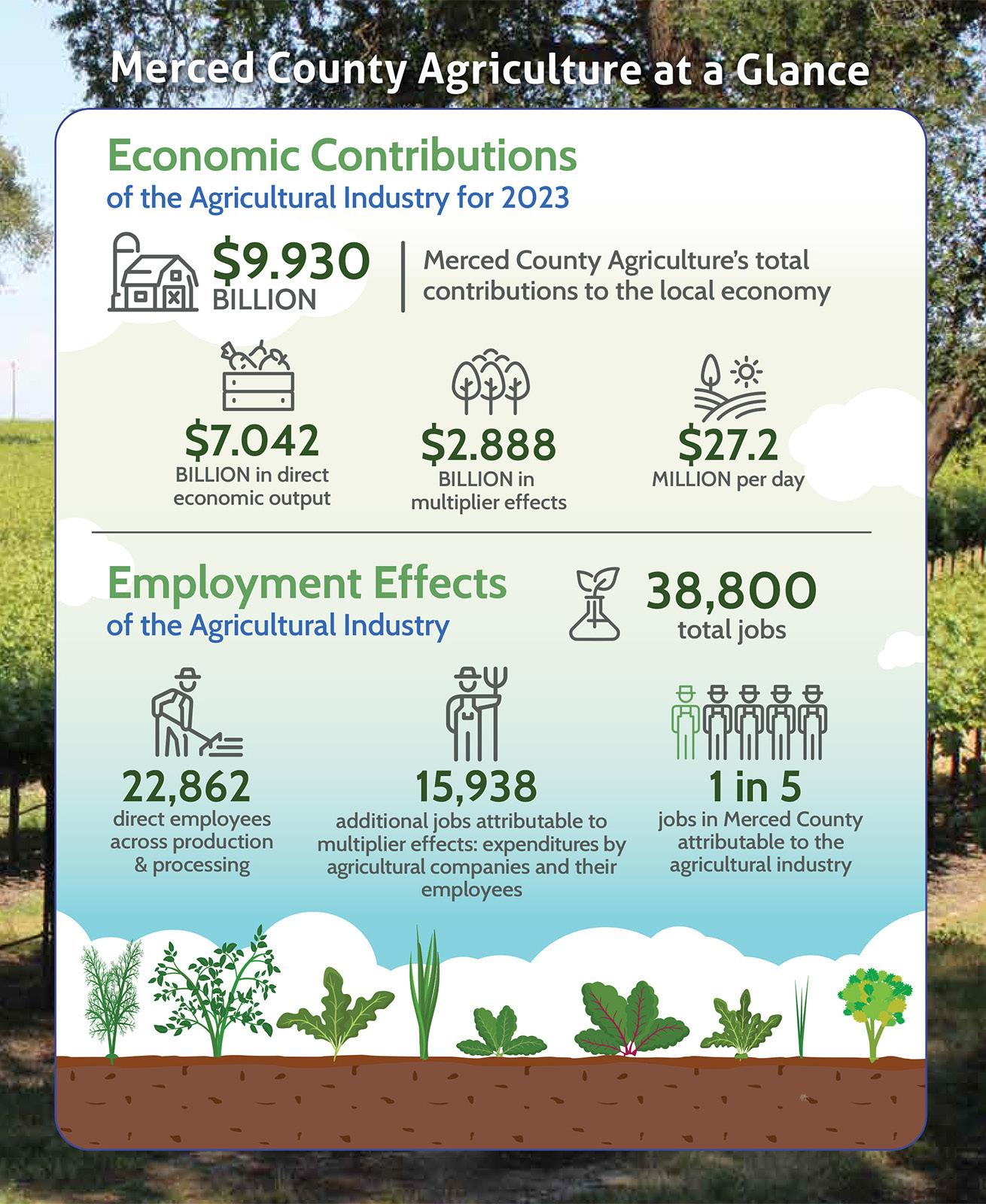
County Agriculture,” was released in conjunction with Agricultural Commissioner/Sealer Sean Runyon’s briefing of the Board of Supervisors. The report may be viewed online at: https://www.countyof-
merced.com/151/Crop-Statistics-Reports. A limited number of printed copies of the report are available at the Agricultural Commissioner’s Office at 2139 Wardrobe Ave. in Merced.
Merced
California agriculture leads the nation in funding for specialty crops
STAFF REPORTS
California received $24.2 million out of approximately $72.9 million awarded nationwide in 2025 Specialty Crop Block Grant Program from the U.S. Department of Agriculture.
The SCBGP is a grant program included in the Farm Bill and provides grants to state departments of agriculture to fund projects that enhance the competitiveness of specialty crops, defined as fruits, vegetables, tree nuts, dried fruits, horticulture, and nursery crops (including floriculture). California is the country’s largest producer of specialty crops. CDFA will fund 50 different projects with this grant.
The projects focus on increasing sales of specialty crops by leveraging the unique qualities of specialty crops grown in California; increasing consumption by expanding the specialty crop consumer market, improving availability, and providing nutritional education for consumers; investing in training for growers, producers, and operators to address current and future challenges; and conducting research on conservation and environmental outcomes, pest control and disease, and organic and sustainable production practices.
The Buy California Marketing Agreement was awarded $2.8 million to establish the Explore CA GROWN Goodness campaign by designing and implementing educational programs and marketing promotions to increase awareness and consumption of California Grown commodities.
Among the environmental stewardship and conservation projects funded, the University Corporation at Monterey Bay was awarded $493,875 to develop cost-effective, easy-to-use decision tools for water use on small vegetable farms.
The SCBGP Additional Assistance Program provides a process through which organizations supporting low-resource California farmers and communities can participate and successfully implement their SCBGP projects. Among the eight projects awarded this year, Color the Block, a non-profit organization, will receive $250,000 to support the Roots to Harvest project, which aims to enhance agricultural education in South Sacramento communities by establishing school gardens where students will learn how to grow, maintain, and harvest specialty crops. Through hands-on workshops, students will gain business and leadership skills related to agricultural entrepreneurship, best management practices, and

healthy food consumption. Also, Will Love Community Programs, also a non-profit organization, will receive $244,544 to host a series of educational programs in South Los Angeles centering on the role of specialty crops in the prevention, management, and treatment of major health concerns.
Additionally, CDFA is continuing its partnership with the Center for Produce Safety (CPS) in the evaluation and recommendation of food safety related projects. CPS was awarded five projects totaling $2.1 million. These projects fund research for actions and effective strategies to prevent foodborne illnesses.
California Circular Bioeconomy Summit coming to Stan State
STAFF REPORTS
Turlock Journal
BEAM Circular will host the California Circular Bioeconomy Summit (BioCirCA), an annual convening that celebrates and advances the circular bioeconomy. The 2025 event will take place Nov. 5–6 at California State University, Stanislaus.
BioCirCA brings together industry leaders, policymakers, educators, researchers, community partners, and members of the multi-sector Circular Bioeconomy Innovation Collaborative (CBIO Collaborative). Together, this dynamic partner network will explore innovative economic models and bio-based manufacturing opportunities that turn waste into revenue, generate quality jobs, and drive forward sustainable environmental solutions.
“The power of BioCirCA is in the exchange,” said Karen Warner, CEO of BEAM Circular. “People will walk away not only learning about the latest technologies and opportunities in the bioeconomy, but also seeing how their own work, studies, or businesses connect

to this growing movement. It’s about finding your place in a much bigger story.”
Nov.
5 –
Public Summit
(8 a.m. – 5 p.m.):
Day one of BioCirCA is open to everyone and focuses on inspiration, education, and connection. The full-day program will feature:
Expert keynote speakers
Five breakout session tracks
A student art exhibition and research presentations
Industry demonstrations
Nov.
5
– BEAM Community Benefit Dinner
(6:30 – 9:30 p.m.):
Following the Summit, BEAM invites attendees to a celebratory evening with local food, drinks, and entertainment. Proceeds from the Benefit Dinner will support BEAM’s student and community programs,

expanding educational and workforce opportunities across the region.
Nov.
6
– CBIO Workshop (Members Only):
Day Two is dedicated to CBIO Collaborative Members, offering hands-on collaboration and strategic working sessions. This workshop is designed for participants to roll up their sleeves and help shape the future of California’s circular bioeconomy.
BioCirCA is designed to engage everyone, from the most experienced biotechnology experts to students, businesses, and community members who are brand new to the circular bioeconomy. The summit fosters a welcoming environment for diverse perspectives to spark innovation, forge partnerships, and advance equitable, community-centered solutions.
To learn more about BioCirCA and to become a partner or sponsor, email krystal@beamcircular. org. To register for the event, visit: https://cvent.me/ vym5n3?RefId=BEAMmain


Photos contributed
The BEAM Circular Accelerator invests in businesses driving the future of innovation in
Innovative ag education program reaches more than 1 million California students
STAFF REPORTS
Educating today’s students about the importance of California agriculture is critically important to protecting the future of farming and ranching in the Golden State. For nearly 40 years, the California Foundation for Agriculture in the Classroom has been a leader in that effort and is continuing to innovate to meet the needs of California classrooms.
“We’ve been around since 1986, and our whole mission is to support teachers and students in incorporating agriculture into their classroom because agriculture affects our daily lives. It’s the food we eat; it’s the clothes we wear – it affects everything that we do,” said Amanda Fletcher, the Foundation’s executive director.
During 2024, Fletcher said the Foundation’s programs reached over 1 million pre-K to high school students by engaging more than 34,000 teachers across California. Among the Foundation’s most-used resources was the
22ndannual issue of What’s Growin’ On, a 16-page interactive student newspaper funded in part by Farm Credit. More than 100,000 copies were distributed.
Kevin Ralph, California President for AgWest Farm Credit, said California’s Farm Credit organizations have supported the Foundation’s work for many years.
“Farm Credit has been proud to support What’s Growin’ On for more than 15 years – and in fact increased our support this year – because it’s proven to be an innovative and effective way of educating third through eighth graders about all the aspects of California agriculture,” Ralph said.
Jacob DeBoer, Regional Marketing Manager with American AgCredit, agreed that the Foundation continues to do great work.
All seven Farm Credit organizations serving California – AgWest Farm Credit, American AgCredit, CoBank, Colusa-Glenn Farm Credit, Fresno Madera Farm Credit, Golden State Farm Credit and Yosemite Farm Credit – are
financially supporting the Foundation’s work. They are all part of the nationwide Farm Credit System – the largest provider of credit to U.S. agriculture.
Fletcher said the Foundation got its start in 1981 as a program launched by the California Farm Bureau Federation. It was spun off five years later as an affiliated 501c3 nonprofit. Today, seven – soon to be eight – employees develop age-appropriate curricula using a wide range of distribution methods.
For example, a popular part of the program is the virtual California Farm Day. This year, 31,000 students watched one of two age-appropriate, hour-long programs including video and live Q&A sessions with ag experts. One segment showed a pest advisor walking through a broccoli field examining plants for insects. He explained that some insects were beneficial, and others weren’t and talked about the steps he took to become a pest advisor.
— Courtesy of the California Farm Bureau.


Low prices, other woes put squeeze on farm economy
BY CHING LEE AgAlert
California farmers continue to face significant economic challenges as they contend with lower commodity prices and soaring production costs that have been made worse by inflation, regulatory burdens, trade disruptions and other financial headwinds.
That was a central message from the State Board of Food and Agriculture meeting in August, where industry leaders pointed to current and trending conditions that have impacted farm profitability and threaten the long-term viability of some farms.
Increasing costs and other financial pressures have pushed many farm properties onto the market, though there have been very few sales, said Kyle Dalrymple, an agricultural real estate appraiser and broker in Butte County.
With an oversupply of winegrapes and declining demand, Dalrymple noted a growing number of active listings for vineyards in the Central Valley but with minimal buyer interest. Property values for vineyards in the region are highly dependent on their water source and whether there are contracts for the grapes, he said. Access to water continues to affect farmland values in the state, with properties that depend solely on groundwater seeing the most significant declines.
President Trump’s new trade war is “particularly untimely” for the almond sector, which has already endured more than three years of unsustainable losses, said Alexi Rodriguez, president and CEO of the Almond Alliance. Impacts from the first Trump administration continue to reverberate, she said, noting that China was the top export destination for California almonds in 2018, but shipments dropped sharply following Chinese imposition of retaliatory tariffs. By the end of this year, China will likely no longer be one of the top 10 export markets for almonds, she added.
Though almond prices have started to improve, thanks in part to acreage removal, larger crops continue to drag prices back down. Last month’s objective almond forecast by the U.S. Department of Agriculture projected a higher-thanexpected crop of 3 billion pounds this year. The news led to a 55-cent-per-pound drop
in the market overnight, pushing farmers “right back down into unprofitable territory if prices don’t recover quickly,” Rodriguez said.
To break even, growers need to earn roughly $2.30 per pound, or about $5,000 an acre, provided they have good water and no debt, she noted. But their five-year average price has been around $1.77 per pound, or $3,700 an acre, with an annual loss of $1,400 per acre over three years.
“We’re talking about billions of dollars in losses annually,” Rodriguez said.
Removing an orchard costs about $3,000 to $4,000 an acre, which means many almond growers are “financially stuck,” she said, as they can’t take care of their existing orchards and can’t afford to remove them and plant new ones. This has led to a rise in abandoned and unmanaged acreage, which becomes a breeding ground for pests, including navel orangeworm and rodents.
Inflation, pest control restrictions, regulatory uncertainty, water constraints, and rising labor and capital costs have created “a level of instability that we have not seen in decades,” Rodriguez added.
Farmworkers will be harder to find in California, and they will be more expensive to employ, said Alexandra Hill, assistant professor of Cooperative Extension in the Department of Agricultural and Resource Economics at the University of California, Berkeley.
One reason is less than 20% of farmworkers today follow the crop migration, she noted, as more of them are settled in the U.S. and have children who were born here. Therefore, they no longer want to make the trek across the border.
The agricultural workforce has also aged, with the average worker about 10 years older today than they were 20 years ago, Hill said. Meanwhile, fewer new immigrant workers are entering the workforce. Most farm employees say they plan to continue working in agriculture as long as they’re able, she said, adding that the decline in the farm workforce is “not an exodus problem” but because workers are no longer willing to relocate for work.
California’s rising minimum wage will continue to drive up farm labor costs, a trend that “isn’t going to reverse,” Hill said. Other factors that will drive up wages include changes in union laws and worker

shortages, which will force farmers to raise wages to attract sufficient workers.
Going forward, Hill said policy reforms to immigration and the H-2A visa program can play a major role in impacting the availability of people in the country willing to work in agriculture.
Norm Groot, executive director of the Monterey County Farm Bureau, who was not a panel speaker but tuned in to the webinar, said the cost of living in the Salinas Valley “makes it very difficult to attract” people to work in agriculture. In response, farm employers in the region have increasingly built employee housing, he said, with thousands of beds on private farmland.
“Not only does that build loyalty amongst the employees, but it also enhances the ability of the employer to make sure that their farmworkers are housed in great conditions, clean living spaces and are close to transportation,” he told the board.
The impact of highly pathogenic avian influenza, or bird flu, has caused significant losses on the farm that affect consumers, who saw record-high egg prices at the store this year.
Egg farmer Michael Silva, who works as senior director of agriculture operations for Modesto-based J.S. West and Companies, said the company’s Hilmar farm is still not back to full production after two outbreaks—one in late 2023 and again in November 2024. That farm, which has six barns, can house about 900,000 egg layers but today has 220,000 birds, with four barns still empty. He said production will be down into 2026, as it takes at least 16
months to fully repopulate.
Since 2024, California has lost 11.6 million laying hens, or 83% of the state’s egg production; 5.2 million meat chickens; 600,000 turkeys; and 528,000 ducks.
Unlike the 2015 outbreak—which poultry farms were able to stamp out through biosecurity and rapid depopulation of affected flocks—the current outbreak, which started in 2022, has been harder to control, Silva said. A key difference is the virus’s ability to infect other species, including dairy cows and other mammals.
While infected chickens and turkeys die from the virus, dairy cows typically recover after getting sick. Therefore, the strategy used to squash the virus in the past “is no longer an option,” Silva said, as “we’re not depopulating these cowherds.”
He said groups representing egg producers and dairy farmers agree the solution is to vaccinate chickens and cows. However, farmers who raise broilers, some of which are exported, are against vaccination because of trade implications, as numerous countries prohibit or restrict importation of vaccinated poultry.
While several vaccines are licensed by the USDA for use in poultry for bird flu, none exist for cattle, “but we’re working behind the scenes on development of a dairy vaccine,” Silva said. In California at least, vaccinating chickens but not cows “wouldn’t do us much good,” he added. “We need a two-pronged approach,” Silva said. “We have to protect the cows and the chickens.”
—
Courtesy of the California Farm Bureau.
VICK BOYD/AgAlert
Piles of old grapevines awaiting disposal have been common around the Lodi area during the past few years as growers remove uneconomical vineyards.


